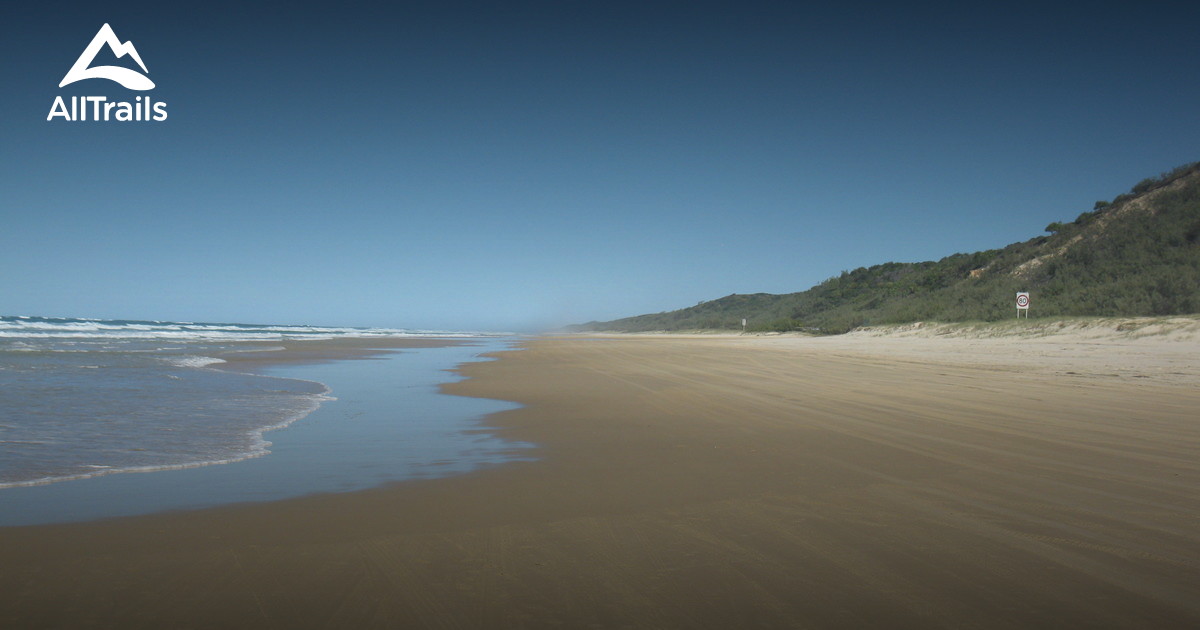

Note that copyright applies to the entirety of this site. Data analyses and map creation was done with IDLĬopyright © 2020 Caribbean Hurricane Network. * Analyses are based on 'best track' data taken from the National Hurricane Center's North Atlantic hurricane database reanalysis project ( HURDAT2, dated May 25, 2020) created by the Hurricane Research Division, AOML, NOAA. Turks & Caicos: South Caicos all dec peak 5yr Turks & Caicos: Grand Turk all dec peak 5yr all dec peak 5yrĭominican Republic: Punta Cana all dec peak 5yrĭominican Republic: Santo Domingo all dec peak 5yr From there you can select the first three sections (see above): map (island location map, only for regions), all (tracks of all storms), dec (tracks of all storms plotted per decade), peak (peak of the season) and 5yr (5 year analyses).īahamas \ Turks & Caicos map all dec peak 5yrīahamas: Nassau, New Providence all dec peak 5yrĬayman Islands: Cayman Brac all dec peak 5yrĬayman Islands: Grand Cayman all dec peak 5yrĬayman Islands: Little Cayman all dec peak 5yrĭominican Republic: Puerta Plata I. The quickest way though is to use list of regions and islands below the maps. There are two Google Earth maps to load, the first, Hurricane Tracks kmz file, shows tracks of storms from 1900 to 2017. Below is a 'clickable' bathymetry map which takes you a more detailed map of the region of interest where you can easily locate your island of interest. There are several ways to navigate the 600+ pages in this section. When can we expect the first storm of the season? If the first storm doesn't form until August, does that mean that the remainder of the season will be quite slow too? Which area do we have to watch for the formation of hurricanes? View the points of origin of tropical system on a month by month basis 6. Monthly plots point out where is all starts. Which island is the 'Hurricane Capital of the Caribbean'? Has it changed in the last 60 years? 5. This is a summary overview of the number of hurricanes passing by for about all the Caribbean islands since 18. Are we seeing more and stronger storms lately? See: below. Here the total number of hurricanes are plotted for each 5 year period since the mid-1800s.

the last week of August (traditionally thought of as close to the peak of hurricane season) for the Eastern Caribbean is relatively quiet. This might actually be much lower then you think, eg. If you visit the Caribbean during hurricane season you can see you chances of being hit during your stay. It will show when the 'real' peak of hurricane season is, which can be quite different from the 'general' peak of all Atlantic storms.
HURRICANE TRACK MAPS HISTORY ARCHIVE
This shows the total number of hurricanes per week through hurricane season. Maps Historical Hurricane Tracks Tool Historical Hurricane Tracks Tool, International Best Track Archive for Climate Stewardship (IBTrACS) International Best. For more detail plots have also been prepared for each decade. One part contains storm tracks for all storms since 1851. In this section all storms are plotted which pass within 60 nautical miles (69 miles) of the island or through one of the 4 regions. Almost 1900 storm tracks* have been analyzed for 4 specific regions: Atlantic (=all storms), Eastern Caribbean, Western Caribbean and the Bahamas/Turks & Caicos region as well as for over 50 islands/locations: The climatology section consists of historical analyses of the past 150+ years, focusing on the Caribbean Islands. Try to figure out the hurricane rate of movement by tracking its path.| home | satellite | tools | pleas for help | guide | climatology | archive |.What predictions can you make about the path a hurricane will make?.The National Hurricane Center website keeps a history of past hurricanes that you can study. It might also be helpful to look at paths that other hurricanes have taken.Plot the data found on the National Hurricane Center website to track the path of the storm.Use the data on the National Hurricane Center Website to find locations of current hurricanes and tropical storms.For more charting maps for both the Atlantic and Pacific oceans please visit Instructions Access to the National Hurricane Center Website.This information is made available to the public through the National Hurricane Center which is part of the National Oceanic and Atmospheric Administration (NOAA). Meteorologists study the development and movement of hurricanes. In the western North Pacific, hurricanes are called typhoons, and similar storms in the Indian Ocean are called cyclones. An average of 10 tropical storms develop in the Atlantic Ocean, Caribbean Sea or Gulf of Mexico each year, and an average of six of these become hurricanes. They can deliver intense rainfall and record flooding. Hurricanes are tropical storms that have a sustained wind speed greater than 74 miles per hour.


 0 kommentar(er)
0 kommentar(er)
